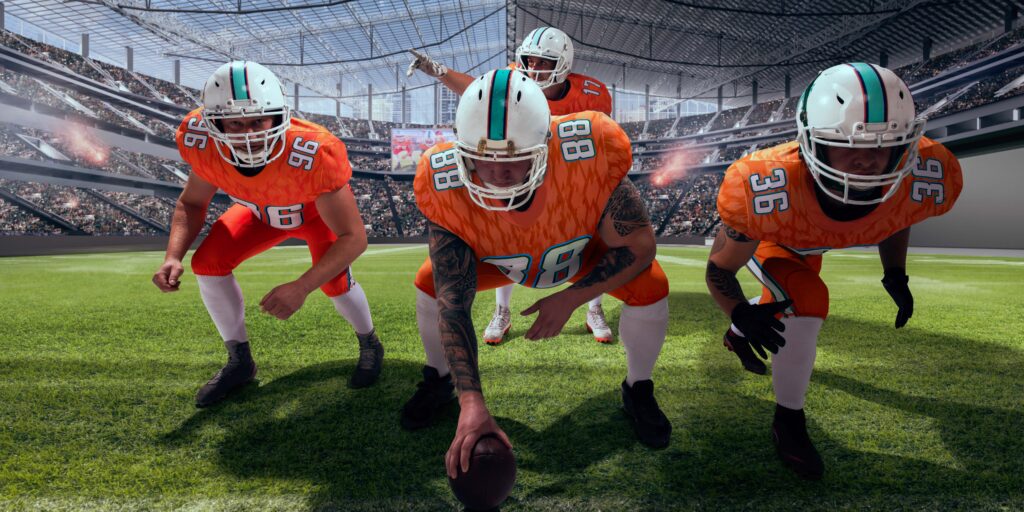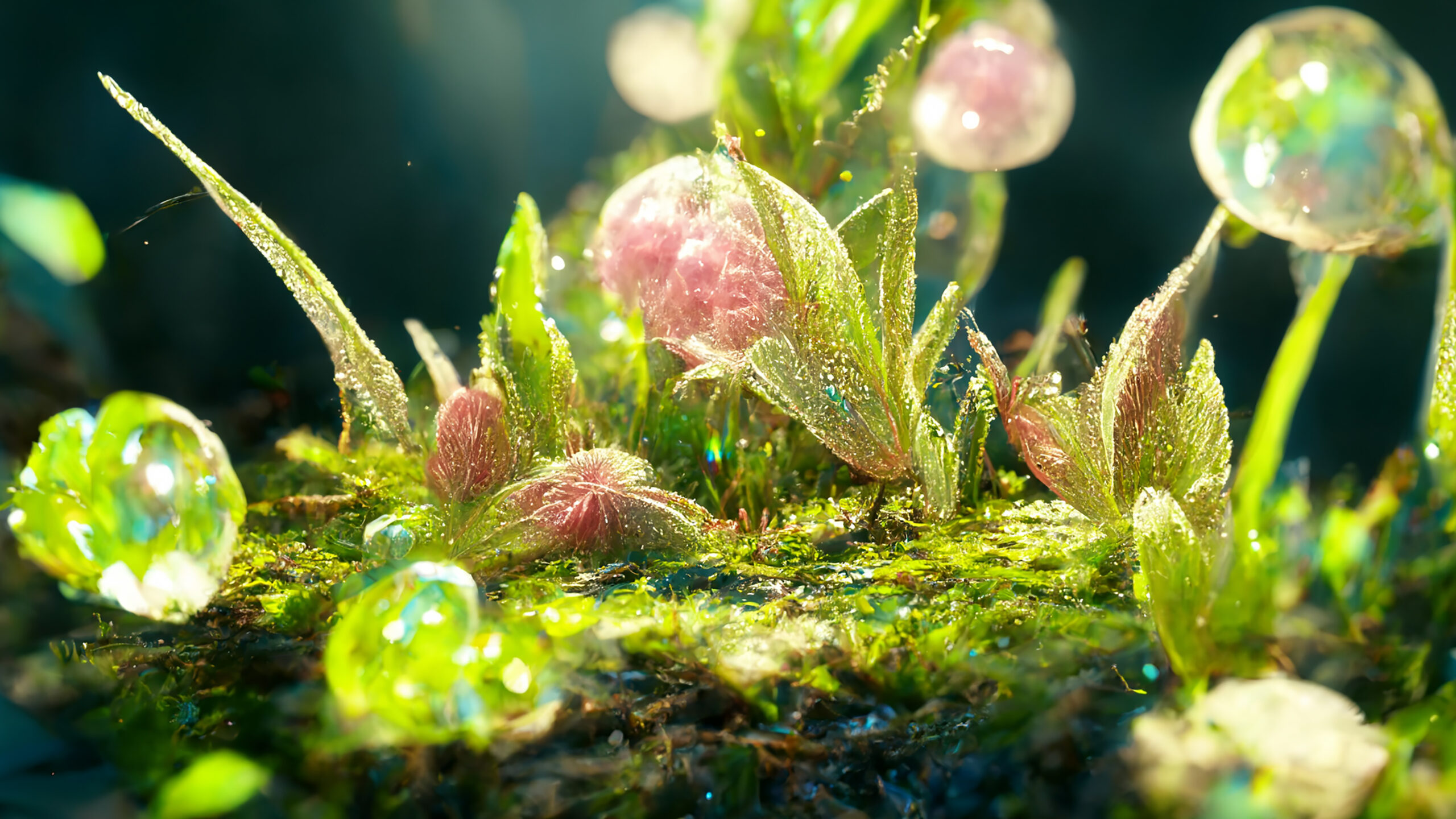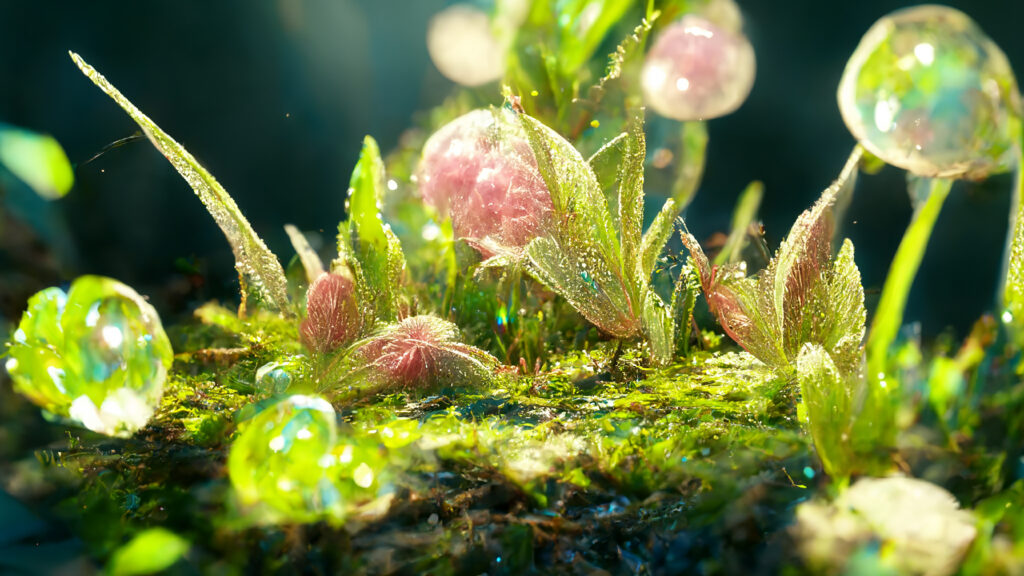Optical illusions are a captivating journey into the mysteries of human perception. These enigmatic and often perplexing visual phenomena challenge our understanding of reality, leaving us questioning the trustworthiness of our own eyes. In this article, we’ll delve into the world of mind-boggling optical illusions, exploring the science behind them and the ways they play tricks on our minds. Do you trust your eyes?
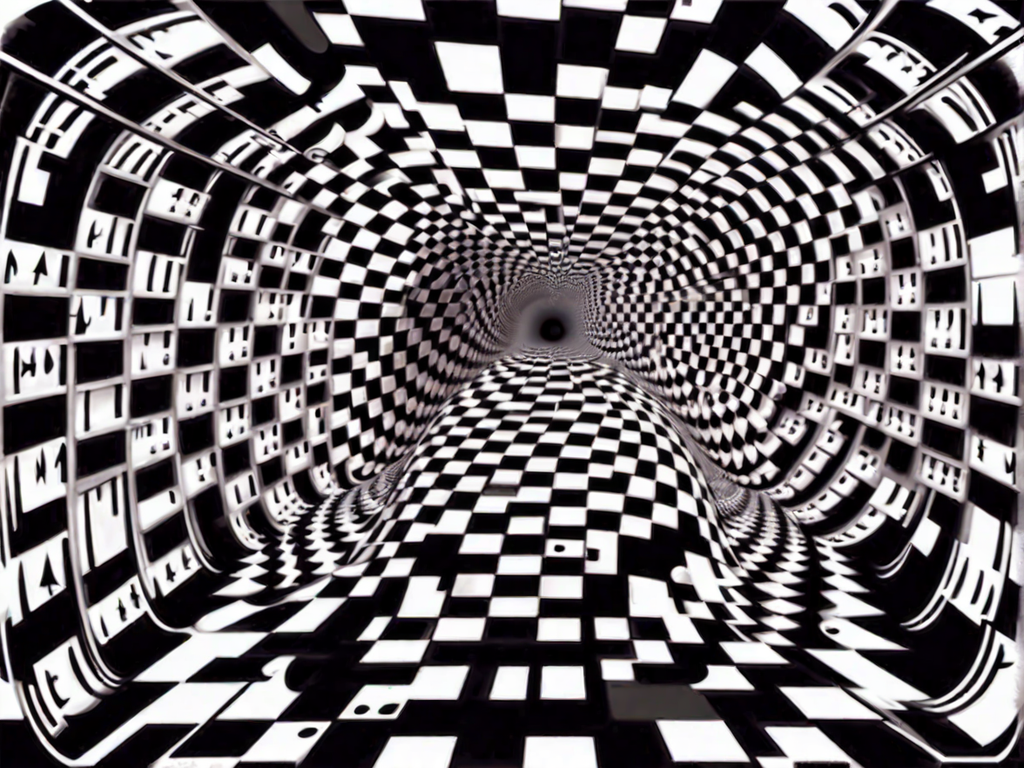
One of the most common optical illusions is the perception of motion in a static image. Artists use clever techniques to create the illusion that objects are moving when, in fact, they remain still. The Zoetrope, a historical example, is a rotating drum with slits that gives the impression of a moving image when spun. Modern equivalents can be found online, where stationary images appear to oscillate, twist, or pulsate, leaving us questioning our sense of motion.
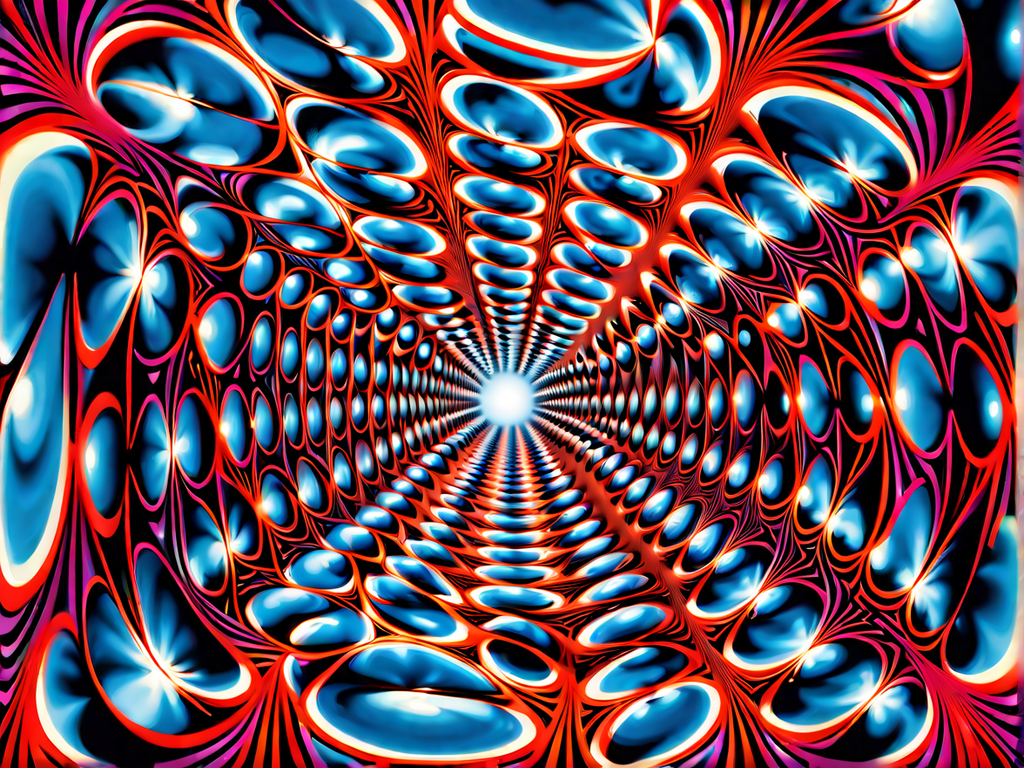
The Penrose Triangle, also known as the “impossible triangle,” is a classic optical illusion that creates a 3D structure that defies the rules of geometry. Despite appearing to be a coherent, three-dimensional object, it is an optical impossibility. This illusion makes us doubt the reliability of our visual perception when confronted with objects that seem to exist only in our minds. The Blivet, or “devil’s tuning fork,” is another fascinating optical illusion that tricks our brains. It appears as a three-pronged fork, but when examined, it creates a visual paradox where the number of prongs seems to change from three to two. The Blivet reminds us that our brains can sometimes be deceived by contradictory visual information. The Hollow Mask Illusion demonstrates the power of our brain’s expectations. When shown a concave mask (hollowed out) of a familiar face, our brains often interpret it as a normal, convex face, defying the actual shape. This illusion highlights the brain’s propensity to prioritize its expectations over raw visual input.
The Caf
é
Wall Illusion is a pattern of alternating black and white tiles that, when laid out in a specific way, creates the illusion of sloping lines and misaligned rows. This simple yet confounding optical illusion serves as a stark reminder that our visual system can misinterpret even the most basic patterns. The Hermann Grid Illusion is a well-known example of a grid-based optical illusion. When viewing a grid of black squares on a white background, gray patches seem to appear at the intersections. This phenomenon arises from the way our visual system processes contrast and is a vivid example of how our perception can be altered by context.
Optical illusions remind us that our visual perception is a complex interplay of our brains and our eyes. They demonstrate that our minds often make assumptions, prioritize certain information, and occasionally misinterpret the world around us. While these illusions may leave us questioning the trustworthiness of our own eyes, they also serve as a testament to the incredible flexibility and adaptability of the human brain. Optical illusions are not just tricks; they offer valuable insights into the intricate mechanisms that govern our perception of reality. So, the next time you encounter a mind-boggling optical illusion, remember that the world is not always as it seems, and it’s a fascinating reminder of the wonders of our own minds.




